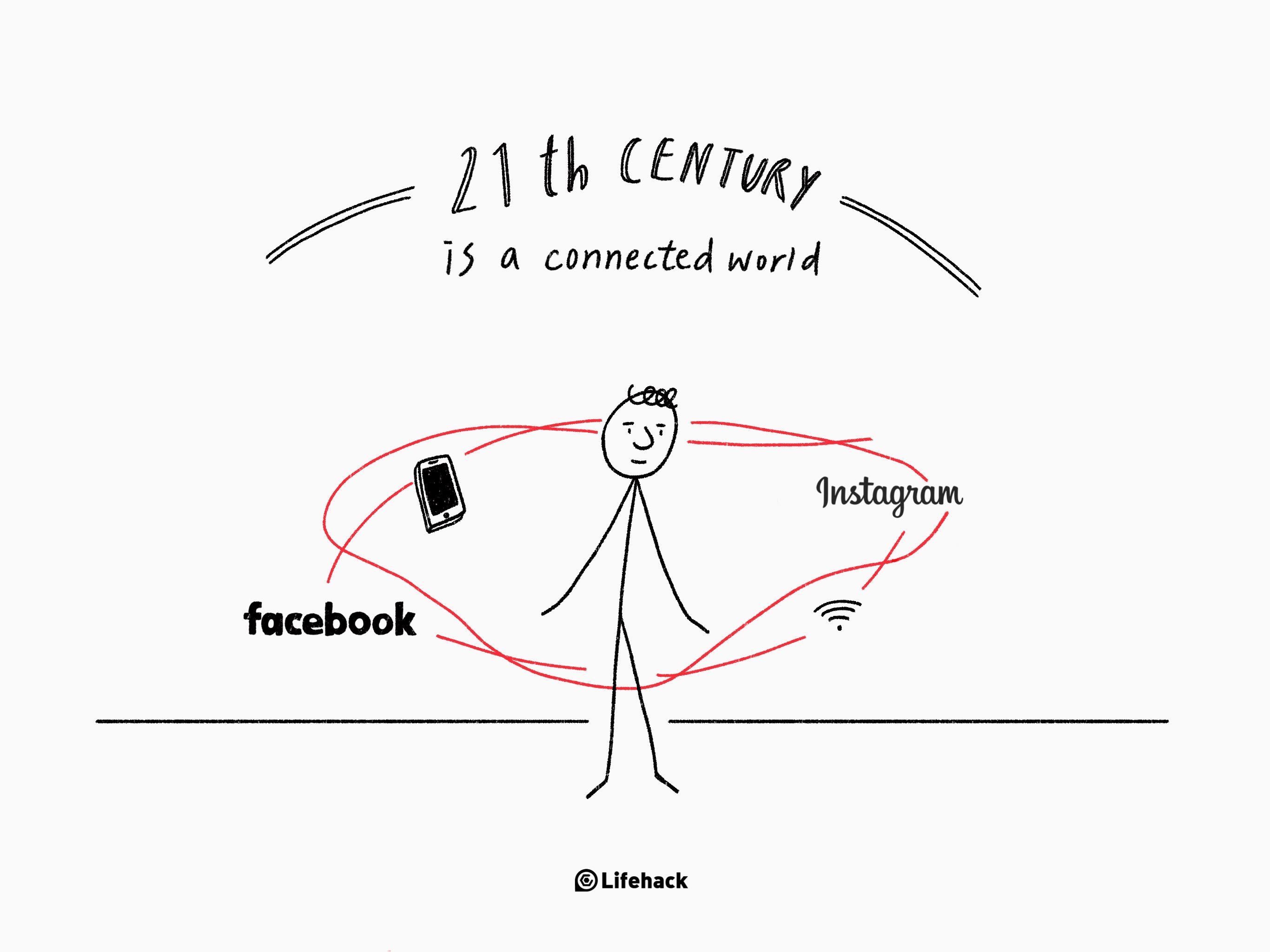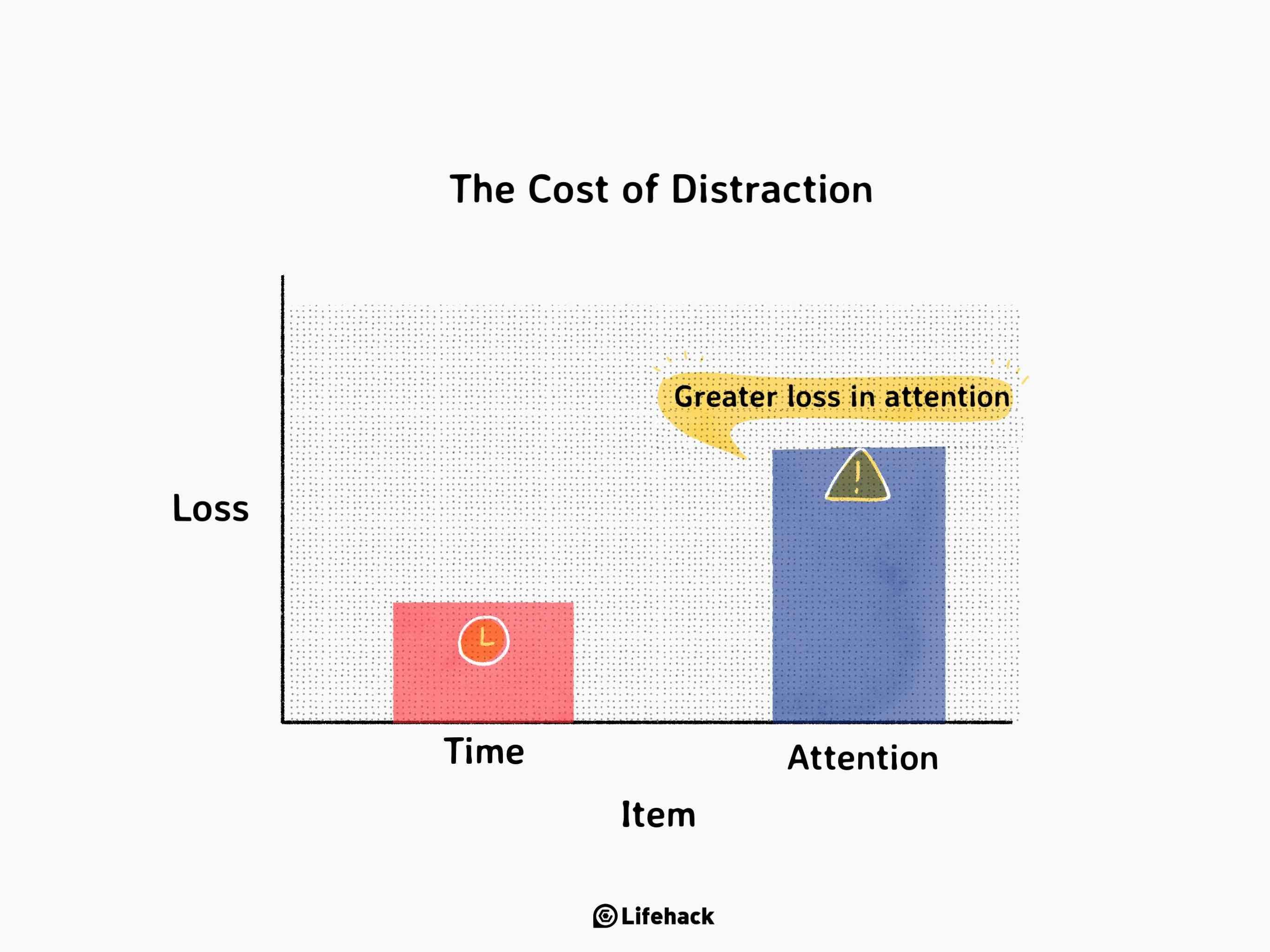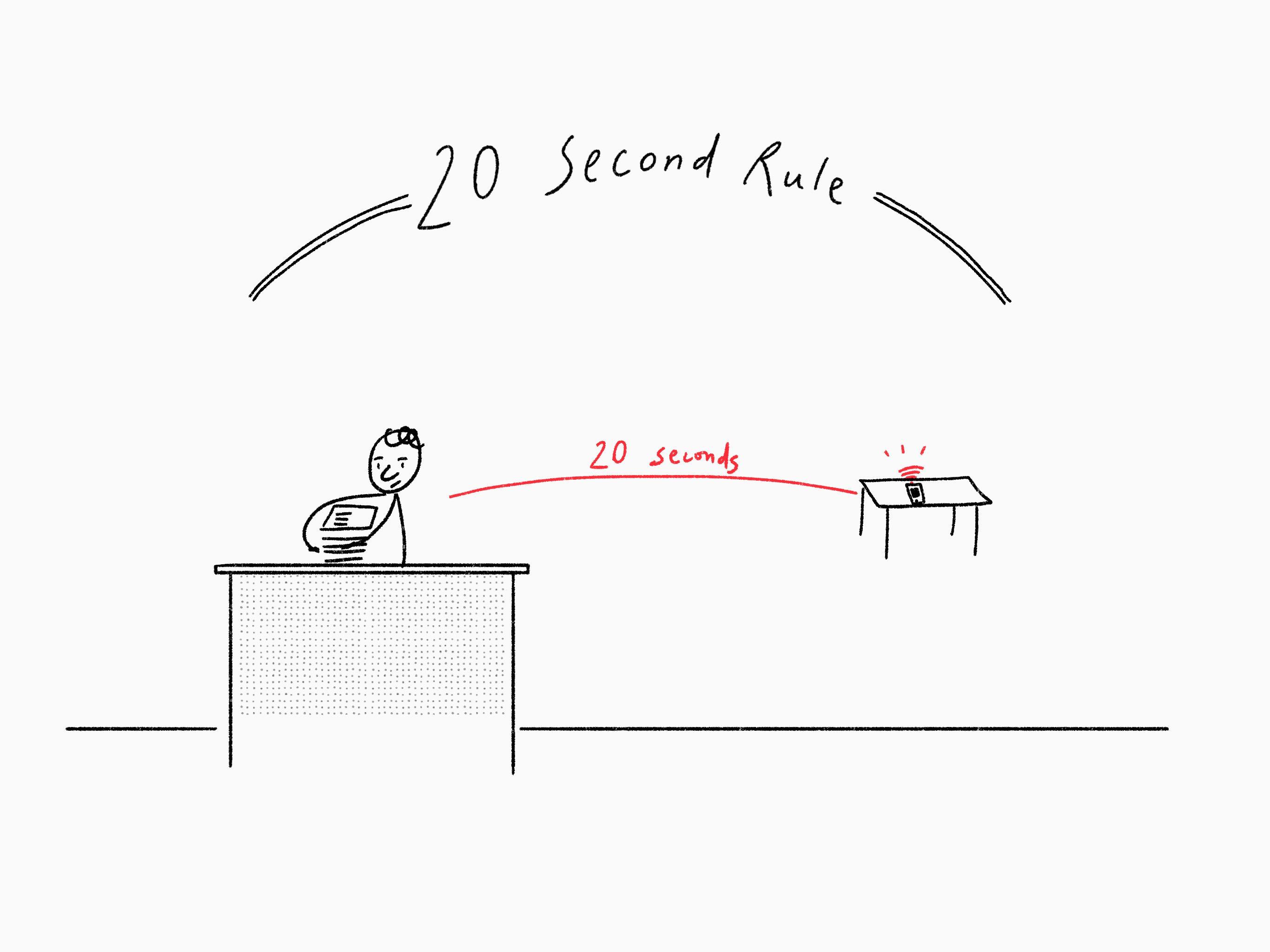People get sidetracked by irrelevant websites and unproductive tasks occasionally. Have you ever stopped to wonder exactly how much these distractions cost us? The amount of time and money we fritter away will blow your mind.
According to McKinsey, high-skilled workers spend a staggering 28% of their working hours reading and replying to e-mail messages.[1] If we learned to manage our communication technology in a more efficient manner, we could give the economy a $900 million to $1.3 trillion boost per year.
When you find yourself sitting in the office feeling bored or overwhelmed, it’s easy to automatically check your social media. But it comes at a high price. Social media costs the U.S. economy $650 billion every year.[2]
Take a moment and let those figures sink in. We are a distracted nation, and we’re paying for it – big time.
The rise of connectivity
How did we end up in this situation? The 21st century is characterised by connectivity. Over the past couple of decades, it’s become increasingly difficult to disconnect from sources of information. We can access the internet almost anywhere, we can make cheap phone calls to friends around the globe, and our Facebook feeds are constantly refreshing themselves.
Our addiction becomes especially apparent when we lose our phones or our internet connection drops out. For example, have you ever mislaid your phone for a few hours and become frantic at the thought of missing out on social media notifications and updates? Or perhaps you’ve caught yourself longing for the days where your boss couldn’t just send you a WhatsApp message in the evenings to ask you to do overtime or work faster on a project?
What’s beyond the time loss
Originally, smartphones and other portable devices were designed to maximize convenience, allow us to work on the move, and enhance our productivity. Unfortunately, they have turned into a distraction that often interrupts our daily lives.
For example, you might be working on an important presentation, only to be distracted by several e-mail notifications. You then have a choice – do you stop and answer these messages, or do you carry on with your presentation and hope that the sender doesn’t expect an immediate response? Either way, the notification has interrupted your flow and thrown you off course.
Every time your attention is diverted from your task, you lose time. It takes effort to get back on track, and repeated interruptions can demotivate you. It can feel as though everyone wants a piece of your time, and that you will never get around to finishing anything. If you are a typical American worker, you’ll be distracted every 11 minutes, and it will take you 25 minutes to actually settle down again to your task. The more complicated your project, the longer it takes to regain your focus, because your brain has to put in considerable effort when switching between complex objectives.[3]
Research carried out at Carnegie Mellon University shows that human beings simply aren’t equipped to “toggle” between work tasks and frivolous distractions such as Facebook. If you try to do two tasks at the same time, your performance on each will suffer.
The researchers carried out a study in which people were asked to read a short passage, and then answer questions that tested their understanding of what they had read. Those who were interrupted during the task performed just 80% as well as the participants who were allowed to do the test in peace.[4] In short, you shouldn’t be surprised if social media kills your productivity.
Keep your focus where it belongs
So what can you do? First, you can decide to put your phone and other devices away, or at least set them to silent, when focusing on an important project. Deal with distractions before they happen. If you don’t receive notifications, you won’t be distracted. Tell your colleagues that you need to focus on a task, and that they will have to phone you or come to your office if there’s an emergency.
There’s also a useful technique you can use that will quickly get you back on track:
The 20 Second Rule
Positive psychologist Shawn Achor believes that 20 seconds can make all the difference when it comes to behavior change. Specifically, making tasks slightly easier or more accessible will encourage you to do them, whereas making a behavior slightly harder will decrease the likelihood that you will give in to your urges. If something – such as checking your social media – takes you 20 seconds longer to do, you’re less likely to do it.
What does this mean for those of us struggling to manage distractions? Basically, you need to make it slightly more difficult to give into temptation – to check your e-mail, to respond to a notification, and so forth. For example, move your phone so that it takes you 20 seconds longer to reach it, or disable a messaging app so that it takes you 20 seconds longer to log in and enable it again. This approach means you do not have to rely on willpower. Instead, you will have set up a reliable system that facilitates good habits.[5]
Regain your control over distractions
Remember, most notifications aren’t going to be urgent, and that social media isn’t going to help you get any work done. Advances in technology may mean that it’s harder than ever before to focus on a project, but that doesn’t mean you can’t become more productive. It just requires commitment, practice, and a determination to manage your messages – don’t let them manage you! Remember, building a 20-second temporal gap between yourself and a source of distraction is all you need to do to regain control.
Reference
| [1] | ^ | McKinsey&Company: The social economy: Unlocking value and productivity through social technologies |
| [2] | ^ | Mashable: Social Media Distractions Cost U.S. Economy $650 Billion |
| [3] | ^ | The New York Times: Brain, Interrupted |
| [4] | ^ | The New York Times: Brain, Interrupted |
| [5] | ^ | Sam T. Davies: The 20-Second Rule: How to Build Better Habits in 1/3 of a Minute |















































